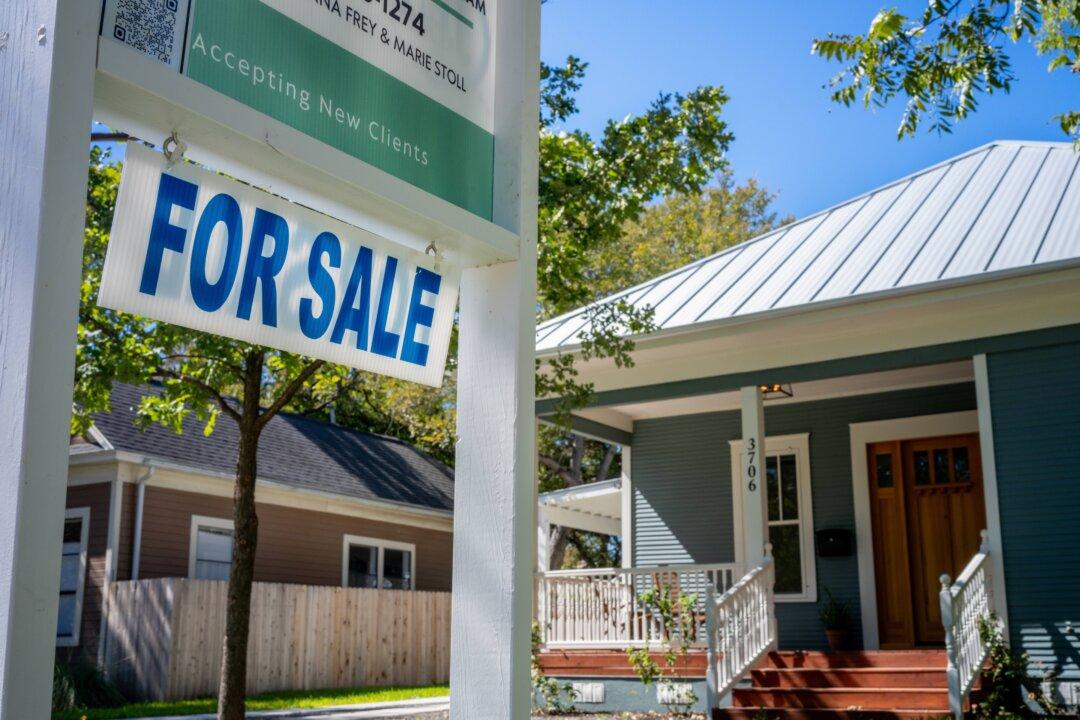American homebuyers—thwarted in their efforts by high prices, high mortgage rates, and low inventory—are asking the same housing questions at the beginning of 2024 that they were in 2023: When are home prices going to start dropping, and when will there be more to buy? The simple answer is: not anytime soon.
“At current low supply levels and demand increasing due to lower mortgage rates, for now at least, prices have nowhere to go but up. People are talking about mortgage rates coming down and more affordability, and that may happen to some extent, but I don’t think we’ll see a significant improvement,” Selma Hepp, chief economist for CoreLogic, told The Epoch Times. “Wages are going to have to improve much more for home prices to begin to fall, which is an unlikely scenario.”





